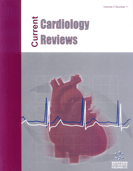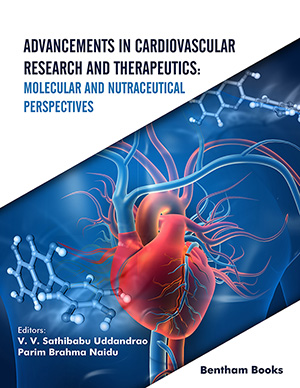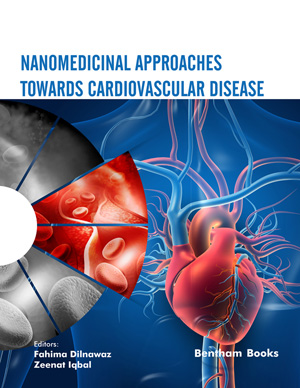Abstract
The heart carries out its pumping function by converting the chemical energy stored in fatty acids and glucose into the mechanical energy of actin-myosin interaction of myofibrils. Development of congestive heart failure is usually preceded by a period of compensated left ventricular hypertrophy (LVH) and alterations in myocardial bioenergetics have been considered to play an important role in this transition. Myocardial energetic state that is reflected by the ratio of Phosphocreatine to Adenosine Triphosphate (PCr/ATP) is significantly decreased in hearts with LVH. The severity of this abnormality is linearly related to the severity of cardiac hypertrophy as well as left ventricular (LV) dysfunction, and is independent of a persistent myocardial ischemia. The decrease in PCr/ATP is accompanied by a decrease in creatine kinase flux and alterations in substrate utilization in LVH hearts. Moreover, there is a profound heterogeneity in alterations in myocardial energy metabolism in hearts with post-infarction hypertrophy with the most severe abnormality present in the inner layers of the periscar border zone (BZ). This review will discuss various aspects of myocardial energetics in animal models of three different types of LVH (pressure-overload, volume overload and post-infarction) with a brief description of myocardial energetics in humans with LVH.
Keywords: Left ventricular hypertrophy, myocardial energetic


















